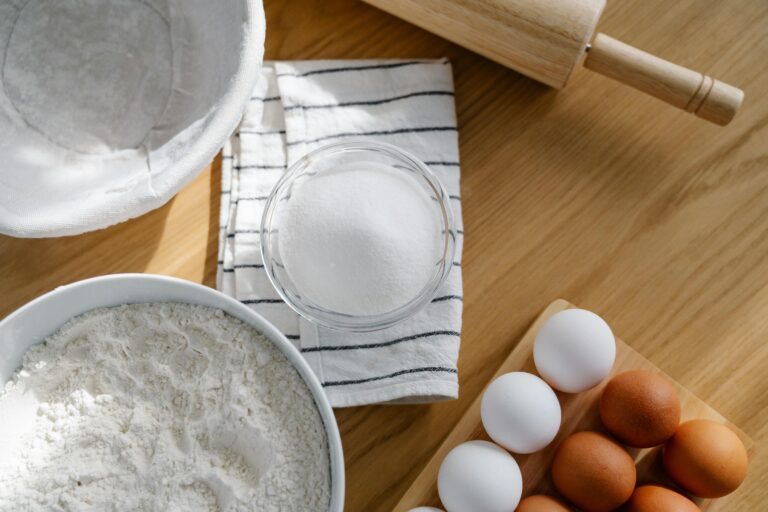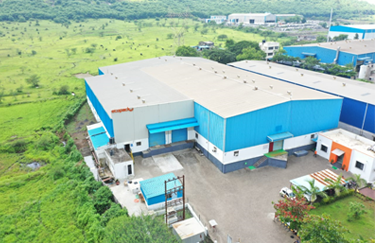Can you Use Atta Instead of Maida for Baking?

Baking is often described as a therapeutic experience, a delightful blend of creativity and precision that results in mouth-watering treats. However, some commonly used ingredients, like maida (refined flour), have garnered a bad reputation. Known for its high glycemic index and lack of nutrients, maida is often criticized for contributing to various health issues. This brings us to the question: can atta (whole wheat flour) be used as a replacement for maida in baking?
The Role of Maida in Baking
Maida is preferred in baking for several reasons. Its fine texture and low fiber content result in a smooth, elastic dough that is easy to work with. The gluten in maida provides the necessary structure and elasticity, allowing baked goods to rise and maintain their shape. This is particularly important in recipes for cakes, pastries, and bread, where a light and airy texture is desired. The importance of maida in baking cannot be overstated, as it plays a critical role in achieving the right consistency and texture in baked products.
Can You Replace Maida with Atta for Baking?
The short answer is yes, atta can be used as a replacement for maida, but there are several factors to consider. Here are some reasons why and how you can use atta in place of maida:
- Nutritional Benefits: Atta is a whole grain flour that retains the bran and germ, making it a healthier option compared to maida. It is rich in fiber, vitamins, and minerals, which can enhance the nutritional profile of your baked goods. For those looking to make healthier choices, using atta can be a beneficial swap without compromising too much on taste and texture.
- Texture and Consistency: While atta can be used as a substitute, it’s important to note that it has a coarser texture and higher fiber content. This can result in denser baked goods. To achieve a similar texture to maida, you might need to make some adjustments. For instance, sifting atta to remove larger bran particles can help create a finer flour, more akin to maida. Additionally, using a combination of atta and maida can help balance the texture.
- Hydration Levels: Atta absorbs more water than maida, so you may need to adjust the liquid content in your recipes. Start by adding a little more liquid than the recipe calls for and adjust as needed. This will help ensure your dough or batter has the right consistency, preventing your baked goods from turning out dry or crumbly.
- Flavor Profile: Atta has a slightly nutty flavor, which can add a new dimension to your baked goods. This can be a welcome change in recipes like muffins, pancakes, and certain bread where a richer flavor is desirable. However, for delicate pastries or cakes where a neutral flavor is preferred, you might want to use a mix of atta and maida to balance the taste.
- Leavening Agents: Because atta is denser, you might need to adjust the amount of leavening agents like baking powder or baking soda. This will help ensure that your baked goods rise properly. Experiment with small batches to find the right balance that works for your specific recipes.
Atta vs Maida for Baking: What to Expect
When you replace maida with atta, your baked goods will likely have a different texture and flavor. They may be denser and have a more pronounced wheat flavor. However, this doesn’t mean they won’t be delicious. Many people find the wholesome taste of atta to be more satisfying and appreciate the added nutritional benefits.
For those who follow a vegan diet or have dietary restrictions like lactose intolerance, using atta can be part of a broader strategy to include more sustainable alternatives in your diet. Whole grain flours like atta not only support better health but also promote a more sustainable environment. By choosing whole grain options and reducing reliance on refined flours, we can contribute to a healthier planet.
Bake Healthier, Bake Better with Ecopack Cookbook
In conclusion, while maida plays a crucial role in baking, atta can be a viable and healthier substitute. It requires some adjustments in your baking process, but the results can be equally satisfying. The importance of maida in baking lies in its ability to create light, airy textures, but atta offers nutritional benefits and supports a sustainable environment.
If you’re keen to explore more baking recipes and techniques, check out our Ecopack cookbook. Packed with a variety of recipes for both Western and Indian delicacies, our cookbook is designed to help you elevate your baking game while embracing sustainable packaging practices. Ecopack, a leading packaging company in India, is committed to promoting sustainable packaging and providing top baking tips to help you make informed choices in your culinary adventures.
By choosing sustainable alternatives like atta and eco-friendly packaging, we can enjoy our favorite baked goods while supporting a healthier planet. Happy baking!


